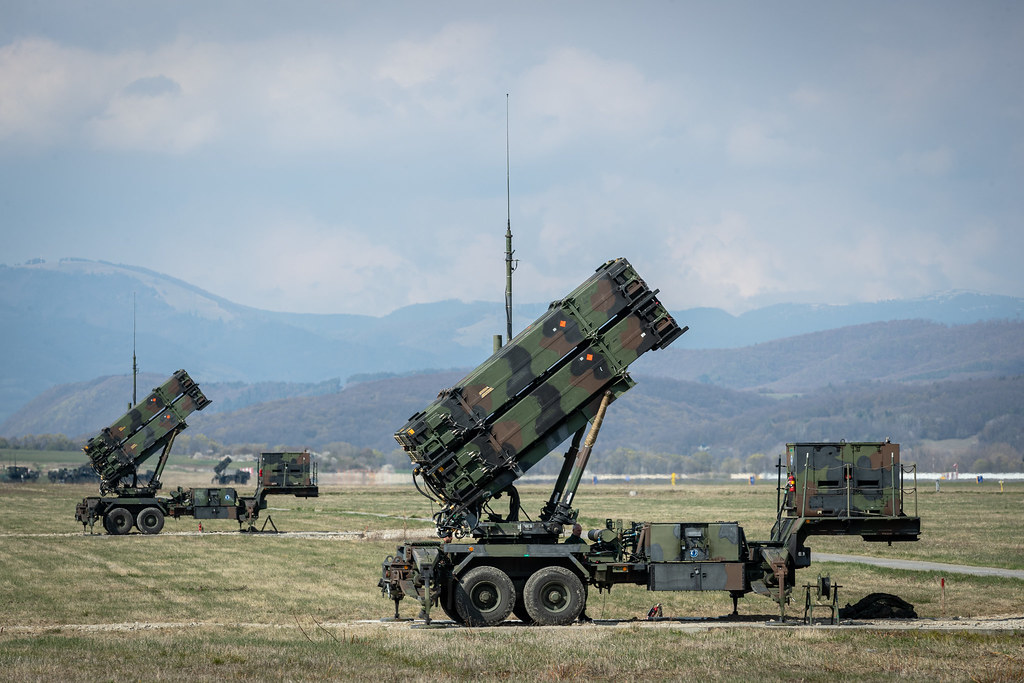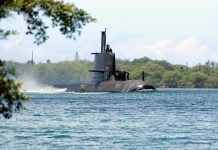
On July 10, 2025, during a press conference in Kuala Lumpur, Malaysia, U.S. Secretary of State Marco Rubio raised serious concerns about the current state of Western defense capabilities following discussions with Russian Foreign Minister Sergei Lavrov.
Rubio drew attention to a major vulnerability: the limited ability of Western nations to produce high-end air defense systems. He particularly emphasized the Patriot missile system, noting that while several European countries own them, they remain reluctant to share these crucial assets.
His comments reflect a broader dilemma facing the U.S. and its allies—how to meet rising global demand for advanced defense technology without compromising national and regional security. The situation lays bare persistent structural issues within the Western defense manufacturing base and calls NATO’s readiness for modern threats into question.
At the core of this concern lies the Patriot missile system, a critical element of U.S. air defense. Manufactured by Raytheon Technologies, the Patriot—short for Phased Array Tracking Radar to Intercept on Target—is renowned for its precision in intercepting incoming threats, including ballistic and cruise missiles as well as enemy aircraft.
Since its debut in the 1980s, the system has undergone major upgrades, evolving into a multi-functional defense platform. A typical battery includes a radar, control center, power supply units, and several launchers—each carrying four missiles. The PAC-3 version, the system’s most advanced, features hit-to-kill technology for highly accurate interceptions. A single PAC-3 missile costs around $4 million, while a full battery can cost more than $1 billion. The radar system tracks up to 100 targets at once, with a reach of over 100 miles, making it indispensable in high-threat environments.
The Patriot’s operational history includes its widely recognized performance in the 1991 Gulf War, where it attempted to intercept Iraqi Scud missiles—though its initial success rates were contested. Subsequent enhancements, especially the PAC-3, have significantly boosted its effectiveness, as seen in modern conflicts like Saudi Arabia’s defense against Houthi missile strikes from Yemen.
When compared to competitors such as Russia’s S-400 or China’s HQ-9, the Patriot stands out for its interoperability within NATO’s integrated defense network. Although the S-400 offers longer range and a higher missile capacity, its lack of NATO compatibility is a major drawback. The HQ-9 offers similar functionality but lacks real-world combat validation, making the Patriot the preferred choice—despite its limited availability.
Rubio’s warning highlights a critical bottleneck in Western defense production. Manufacturing the Patriot system is resource-intensive, relying on rare earth elements, advanced electronics, and skilled labor. Raytheon, the sole contractor, maintains only a few production lines, which currently produce a limited number of batteries each year.
According to an anonymous European diplomat in Kyiv (quoted by The Washington Post), Raytheon is expanding its capacity to meet rising demand since 2022—but the pace of progress remains slow. This has created a difficult balancing act for the U.S., which must prioritize its own defense readiness while also supporting allies facing immediate threats. For example, retaining sufficient stock to counter potential threats from countries like Iran limits what the U.S. can share abroad.
European countries with existing Patriot batteries are facing their own strategic challenges. Nations such as Germany and Spain—both named by Rubio—are reluctant to part with their systems. Germany maintains several batteries as part of its NATO commitments and is reportedly looking to purchase more from the U.S., according to Axios. Spain, with just one battery and relatively low immediate threat exposure, is similarly hesitant to reduce its defense capabilities.
This caution is understandable. Patriots are expensive and take years to replace. Their scarcity and long production timelines make governments wary of weakening their national defenses. This dynamic illustrates a recurring tension within NATO—balancing collective security responsibilities with domestic defense priorities.
The global appetite for air defense systems has surged as threats from drones, missiles, and rockets multiply. Countries in Eastern Europe, the Middle East, and parts of Asia are urgently seeking systems like the Patriot, which offers multi-layered protection. But due to limited availability, many are looking elsewhere. Israel’s Iron Dome excels at intercepting short-range rockets, but lacks the Patriot’s capabilities against high-altitude ballistic threats. France and Italy’s SAMP/T system is another viable option, though it’s not as widely deployed.
Looking ahead, some nations are investing in new technologies, such as directed energy weapons. High-powered laser systems developed by Raytheon and Lockheed Martin are being tested to neutralize drones and small missiles at lower cost, but these technologies remain years from widespread use.
The U.S. defense sector once had the capacity for rapid, large-scale production during the Cold War. However, post-Cold War downsizing and an emphasis on lean supply chains eroded that capability. A 2023 study by the Center for Strategic and International Studies found that the U.S. now struggles to quickly scale defense manufacturing due to workforce shortages and limited access to key materials like microchips.
Rubio’s comments during the ASEAN summit reflect ongoing diplomatic efforts to address this problem. He mentioned active negotiations with European partners to share Patriot systems, highlighting the urgency of defending critical infrastructure in conflict-prone areas.
His mention of Germany and Spain appears to signal focused pressure on those nations to contribute more to NATO’s collective defense. However, their reluctance underscores deeper fears: that giving up these systems could leave them exposed, particularly amid ongoing instability in Europe.
Reports on social media platform X on July 10 reflected Rubio’s stance, with accounts like @vesti_news discussing U.S. attempts to convince allies to release their Patriot stockpiles. Still, these reports offer only a glimpse into the full scope of behind-the-scenes negotiations.
The production challenges go beyond the batteries themselves. PAC-3 missiles—each a complex engineering achievement—face similar constraints. These missiles rely on globally sourced components, many of which come from single suppliers. Disruptions, whether caused by politics or economic shifts, can cause serious delays.
One example is the reliance on rare earth minerals, often imported from China. This dependence poses a national security risk, prompting the U.S. to fund domestic mining and refining projects. Yet, these efforts will take years before they significantly affect supply chains.
For NATO, the implications are serious. The alliance, once focused on countering Soviet aggression, now confronts a battlefield dominated by drones and precision missile strikes. Rubio’s appeal for allies to share Patriots reflects the need for solidarity—but it also reveals growing fractures within the alliance.
Smaller member states lean heavily on U.S. capabilities, while larger nations like Germany face public and political pressure to prioritize their own safety. This dynamic tests NATO’s unity, especially as the U.S. continues to push for more equitable burden-sharing.
Rubio reiterated this during a May 20 Senate Foreign Relations Committee hearing, as reported by The Kyiv Independent. He stated that no NATO member appears willing to part with its Patriot systems, despite mounting pressure from the U.S. to reinforce shared defense commitments.
In response, the U.S. and its allies are beginning to explore co-production and broader industrial cooperation. Projects like the European Sky Shield Initiative, launched in 2022, aim to coordinate procurement and development of air defense capabilities across Europe. While promising, these efforts require long-term investment and strong political backing.
Ultimately, Rubio’s remarks spotlight a pivotal issue for Western defense: the inability to quickly scale production of vital systems like the Patriot. As global conflicts intensify and missile threats evolve, demand will only grow. Addressing production shortfalls and ensuring strategic unity among allies will be essential for NATO’s future relevance.
Whether the alliance can meet this moment—by modernizing its industrial base and strengthening collective resolve—remains a defining question for the years ahead.




